The triple guilty verdict on Derek Chauvin for the murder of George Floyd was greeted with general relief across the United States. The massed ranks of police and National Guard waiting in the wings for possible disturbances were mostly stood down, and President Biden said that Chauvin’s conviction ‘can be a giant step forward in the march toward justice in America’ while insisting ‘we can’t stop here’.
The point has been made that a white police officer being found guilty of murdering an unarmed black man is a rarity in the United States. But it is also worth noting that the conviction, indeed, the fact that anyone was tried at all, was largely a result of the unequivocal evidence recorded by a passer-by. It could be argued that what has changed is less police or public attitudes than the arrival of mobile phones and social media.
Something else that has been demonstrated is how selectively the media make connections — to the detriment of the wider picture. As Chauvin’s trial was in progress, several other cases of individuals killed in encounters with the police were prominently reported. There was Daunte Wright, a motorist shot dead after being stopped for an apparently minor traffic offence not ten miles from where Floyd died. The police officer who resigned two days later and has been charged with second-degree manslaughter said she had mistakenly used her gun instead of her taser.
Then there was Adam Toledo, a Hispanic teenager, who was shot dead last month in Chicago and whose case gained prominence after the city’s Office of Police Accountability released police bodycam and CCTV footage, under pressure from the 13-year old’s relatives. A point in contention is whether Toledo discarded a gun shortly before he obeyed an order to put his hands up, but the pictures show him to be unarmed at the moment he was shot. A police inquiry is underway into whether the officer followed requisite procedures on the use of force.
And even as the verdict on Derek Chauvin was coming in, another death by police shooting was reported in the Midwest, this time of a 17-year old girl in Columbia, Ohio. Unusually, police released bodycam footage within hours in an apparent attempt to preempt possible protests. They said the girl was wielding a knife and threatening others.
What is striking is that in almost all of the reporting and commentary, these deaths have been seen through the prism of the George Floyd case, as more examples of black (or Hispanic) individuals who have lost their lives at the hands of white police — even though the circumstances, when they have been fully investigated, show crucial differences.
Equally striking, though, was a similarity that was not drawn. The shooting of Duante Wright was reported on the same day as a 19-year old shot dead eight — eight — workers at a FedEx office before turning the gun on himself. This mass shooting was reported quite separately from Wright shooting — often towards the end, rather than the top, of news bulletins, and it remained in the news for a much shorter time.
Part of the explanation, of course, was that the other killings had a police and race angle, so in those respects it fitted in to the Floyd framework. But the FedEx shootings may also have had a race angle, with four of the victims being Sikhs and the killer alleged to have had far-right leanings. And the shooting aspect is surely pertinent. All of the cases mentioned — except that of George Floyd — entailed guns, and I don’t think it is enough to say, ah, but this is the United States.
It is not only, or even mainly, racism on the part of some police that may explain why US police appear so quick on the draw; to shoot first and ask questions later. It is also their assumption that other people, but especially people up to no good, may well be carrying guns. That is not the prevailing assumption in most of Europe, including in those countries where the police are routinely armed.
And this — often justified — assumption is what underlies not just the shooting of Wright and the others but the speed with which police resort to violence and the level of violence they use against suspected felons such as Floyd. The pattern is not just one of white cops versus unarmed non-white (black, or in the case of Toledo, Hispanic) individuals. It is the prevalence of fire arms that encourages law enforcement generally to be, as Europeans would see it, too ready ‘on the draw’, even when, as with Floyd, they are using physical force rather than a gun.
US reports of the FedEx shooting in Indianapolis noted that there had been ‘at least seven’ mass shootings in the US in the previous month. As for civilians being killed by police, according to figures compiled by the Washington Post, 275 people in the United states have been killed by police so far this year — 275 people, at the time of writing, by mid-April. That is quite a death toll, but it is also the context in which the killings of Floyd, Wright and the others have to be seen.
The United States is not only more violent than most other industrialised countries, but it tolerates more violence, and those two things reinforce each other, even as it is not obvious which is cause and which effect. The United States is by no means the only country where the police contain racist elements — the experience of many black and other ethnic minority people in the UK is one reason why the US Black Lives Matter campaign took off in the UK. But it is one of very few with such widespread legal gun ownership.
Now there are many Americans who deplore this, who wish the US took a more European attitude towards firearms, and campaign for more restrictions, if not an outright ban. And with every mass shooting, especially school shooting, the anti-gun lobby makes a fractional advance. Having lived in and reported from the United States, however, I would not hold out any great hope.
On the one hand, I share the European sensitivity that such easy access to firearms makes society more dangerous for everyone. On the other, however, it is a brave country that gives its citizens the right to own fire arms, and I can understand those Americans who regard the Second Amendment as sacrosanct and will never willingly cede ‘the right to carry’. No other country trusts its citizens so much. As seen from Europe, that trust is misplaced and its price is too high, but that is not the view from middle America. Considering the verdict on Derek Chauvin and the shootings that did or did not feature in the news around the same time, even police racism may prove more amenable to change than the US appetite for guns.
Got something to add? Join the discussion and comment below.
Get 10 issues for just $10
Subscribe to The Spectator Australia today for the next 10 magazine issues, plus full online access, for just $10.

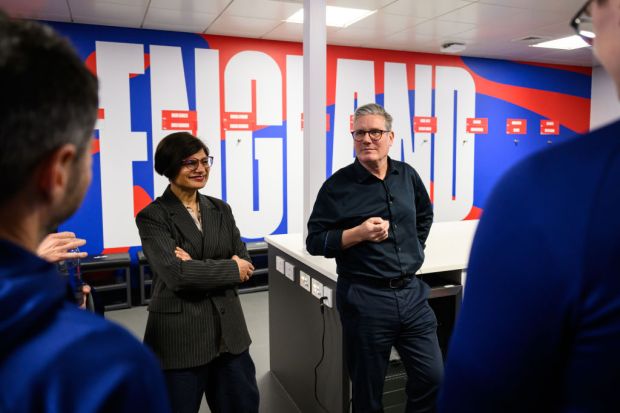
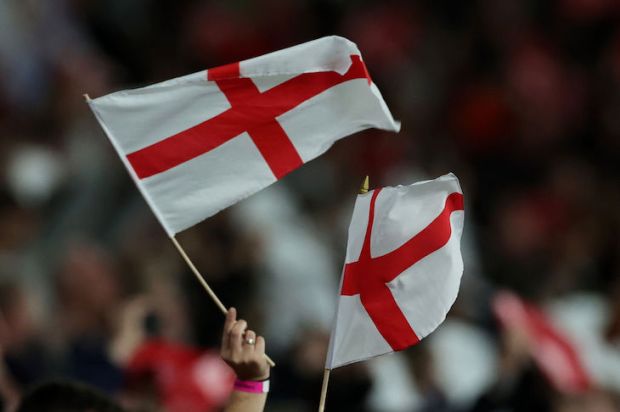
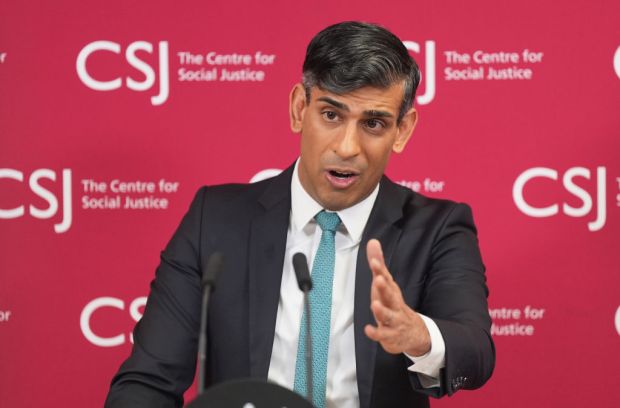
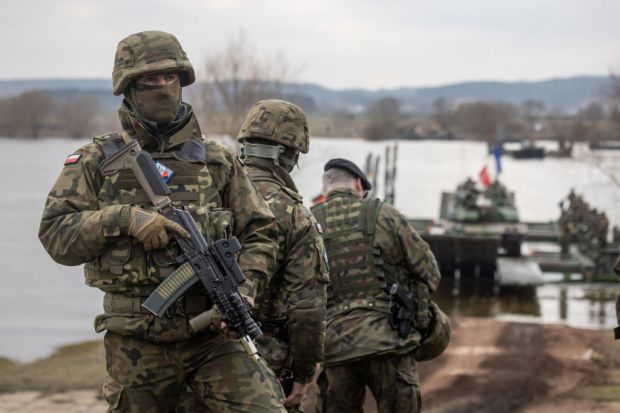
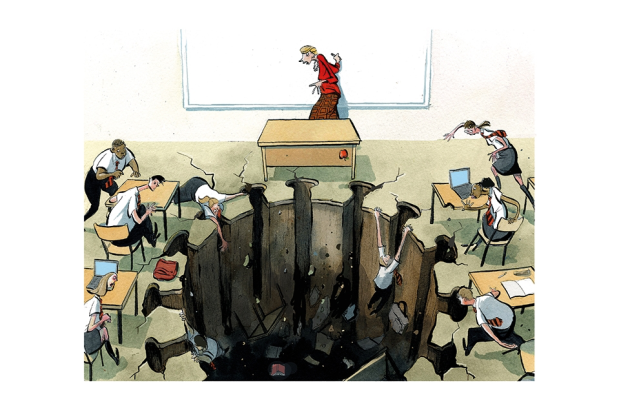
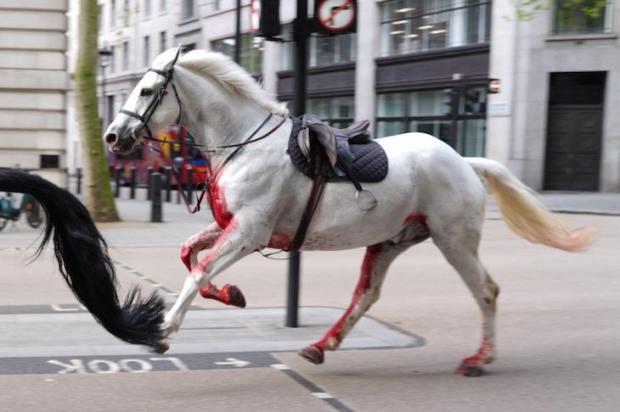












Comments
Don't miss out
Join the conversation with other Spectator Australia readers. Subscribe to leave a comment.
SUBSCRIBEAlready a subscriber? Log in